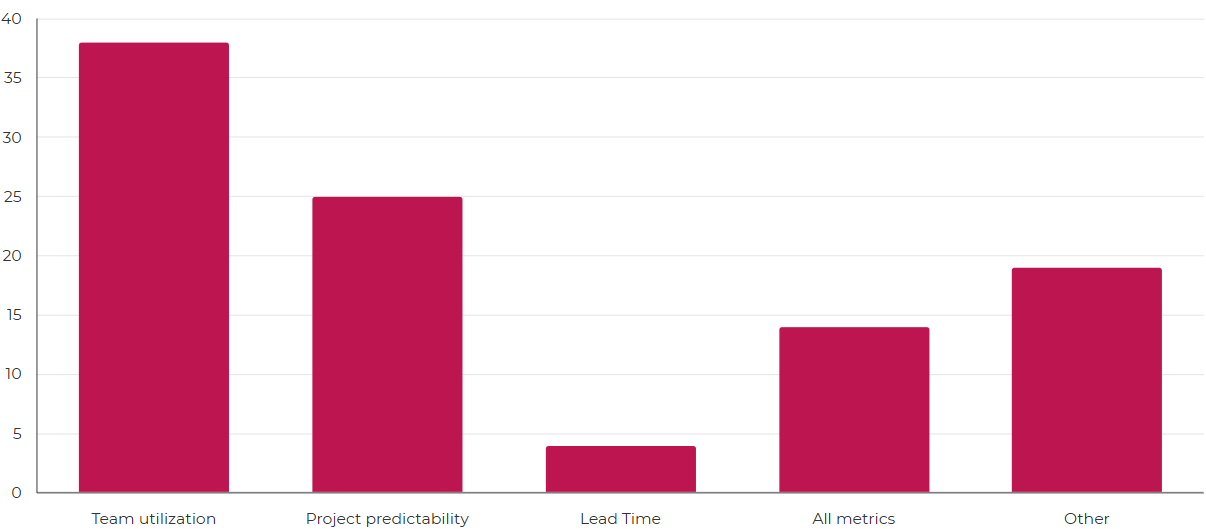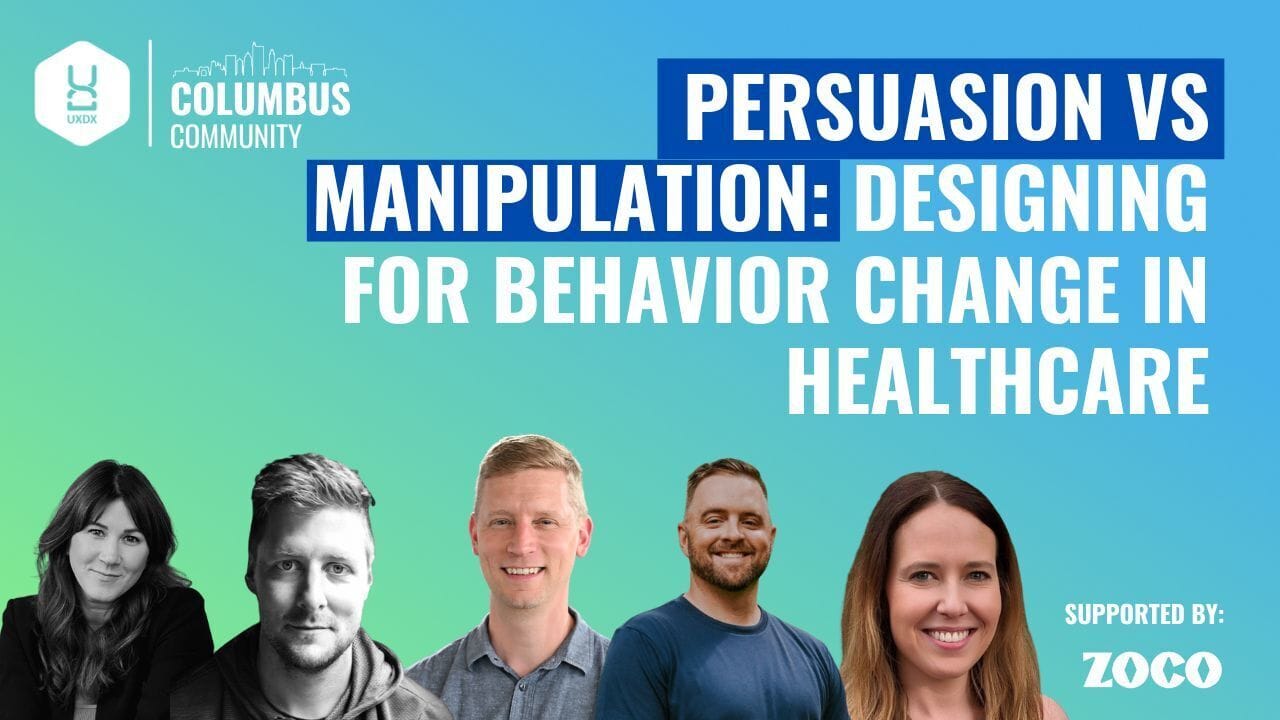- The Product Model
- Posts
- The Product Model #250 - The Inefficiency Crisis In Software Development
The Product Model #250 - The Inefficiency Crisis In Software Development
This Week’s Updates: Delegating someone, Losing Job To AI, Research and Vibe Coding, A CTO's Guide and more...

The Inefficiency Crisis In Software Development
When companies like Airbnb and Netflix measured the success rate of new features they found that only 8-10% achieved the expected benefits.
While we claim to be agile, we overwhelmingly still lock in assumptions during a business case phase. We're essentially hoping that customers will react as we expect and pumping a lot of money behind these bets.
The path to improvement requires a fundamental shift from output-focused to outcome-focused development. This transformation requires changes to process, alignment, structures, governance, funding, and more.
If it were easy, everyone would be doing it. But because it is rare, it means that those who do it have a clear advantage.
How often do your features achieve the expected business value? |
This Week’s Updates
Enabling the Team
The Inefficiency Crisis In Software Development by Rory Madden
We lock in assumptions about what customers want and focus on delivery instead of validating these assumptions. The solution is to shift from outputs to outcomes. This requires changes at every level of the organisation, from process to governance.
How To Delegate To Someone Who Doesn’t Report To You by Melody Wilding
Delegating across teams requires influence, not authority. Building trust, clarifying value, and making it easy to say yes are essential to getting things done without formal reporting lines.
Product Direction
Yes, You Will Lose Your Job To AI by Greg Shove
AI is reshaping roles by automating not just tasks, but entire problem-solving workflows. Staying relevant means rethinking your value, embracing adaptability, and learning to work with, not just around, intelligent tools.
The Era Of The Product Creator by Marty Cagan
The product role is evolving from managing roadmaps to creating real value through insight, judgment, and hands-on execution. Today’s product leaders must blend discovery, delivery, and strategy to earn their seat at the table.
Continuous Research
How Vibe Coding Has Impacted My Discovery Process by Else van der Berg
“Vibe coding” uses quick, intuitive tagging during user interviews to surface themes without slowing momentum. This lightweight approach makes early insights more visible and keeps discovery work agile and focused.
Flight Centre Travel Group's UXR Democratization Playbook by William Yanko
Flight Centre scaled its research efforts by enabling more teams to run their own studies, backed by shared tools and guidance. This approach increased research coverage without sacrificing quality or overwhelming the core research team. [Sponsored Content]
Continuous Design
From Data To Design: Using AI To Inform And Inspire UX Design Decisions by Ainsley Lawrence
AI helps bridge the gap between data and design by providing insights and inspiration, enabling designers to make more informed, creative decisions that better serve users.
The Post-UX Era by Nate Schloesser
As UX becomes more embedded in product and business functions, the field faces a shift from isolated practices to more integrated, strategic roles. The challenge now is evolving UX to operate at scale while preserving user advocacy.
Continuous Development
A CTO’s Guide To Measuring Software Development Productivity by Matthias Patzak
Measuring software productivity goes beyond counting outputs as it requires understanding outcomes, team dynamics, and system constraints. Combining qualitative signals with quantitative metrics helps leaders track true engineering effectiveness.
The State Of Web Data Collection Tools by Luca Rossi
Data collection on the web is becoming more fragmented and less reliable due to privacy changes, tracking prevention, and technical shifts. Teams need to rethink how they gather insights while staying compliant and effective.

UXDX Community Spotlight!
Columbus, August 5th 2025
Hey Columbus! Are you joining the UXDX Community Event on August 5th? Expect an evening session that dives deep into the complexities of healthcare design: Persuasion vs Manipulation: Designing for Behavior Change in Healthcare.
This panel will explore how design practices in healthcare can subtly influence user behavior, from consent flows to prescription management. Our expert panel will discuss the fine line between persuasion and manipulation, balancing user autonomy with the need for behavior change in a critical industry. This session promises to spark insightful conversations on ethical design practices in healthcare and the real-world impact on patients and providers.
Register Now and be part of the conversation in-person!
FREE COMMUNITY EVENTS
IN-PERSON 23 Jul: New York 5 Aug: Columbus OCT: Product Community Week 🔔 Want a UXDX Community event in your city? or, alternatively, if your company wants to host an in-person event please reply and let us know. | ONLINE |
Video of the Week
Designing for Enterprise Success:
Hiring Strategies and Scaling Insights
This week, we dive into the complexities of hiring for and designing at an enterprise scale. With over 15 years of experience, Daria shares insights on building a successful design team and what to look for in a designer's portfolio. Learn how to design for enterprise success, avoid costly mis-hires, and scale your team effectively. Discover strategies for creating consumer-friendly enterprise products and how to ensure your hiring practices lead to strong, dynamic teams that drive impactful product outcomes.
Watch the full session now to gain valuable insights into designing and hiring for enterprise success!
The Results of Last Week’s Poll
The question: What are the most common team efficiency metrics in your organisation?

This week’s poll results reveal the most common team efficiency metrics used by organizations. The majority of respondents (38%) focus on team utilization, tracking the percentage of time spent on capitalizable projects, which highlights a priority on maximizing productive output.
Interestingly, 25% of teams emphasize project predictability, monitoring on-time and on-budget delivery, which reflects a focus on reliable and efficient project management. 14% rely on lead time, measuring the time from start to delivery, while 19% use a combination of different metrics for a more comprehensive view. Only 4% of teams rely on lead time alone. These results suggest that organizations employ a range of metrics, with an emphasis on team productivity and predictable project outcomes.
If you’re looking to refine your team efficiency strategies or explore how to better measure and improve your team's performance, check out our Continuous Development course for actionable insights!
Seen an interesting article online? Share it with us and we might feature it in our next issue!
Click here to share an article
